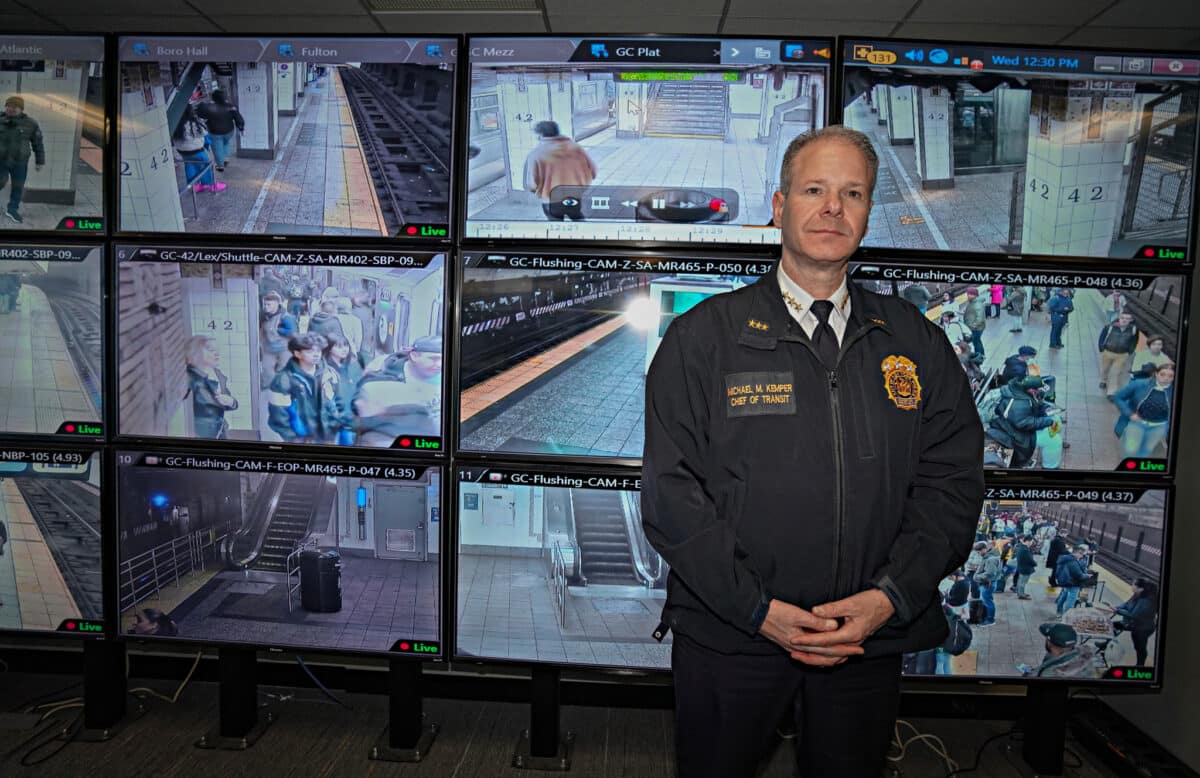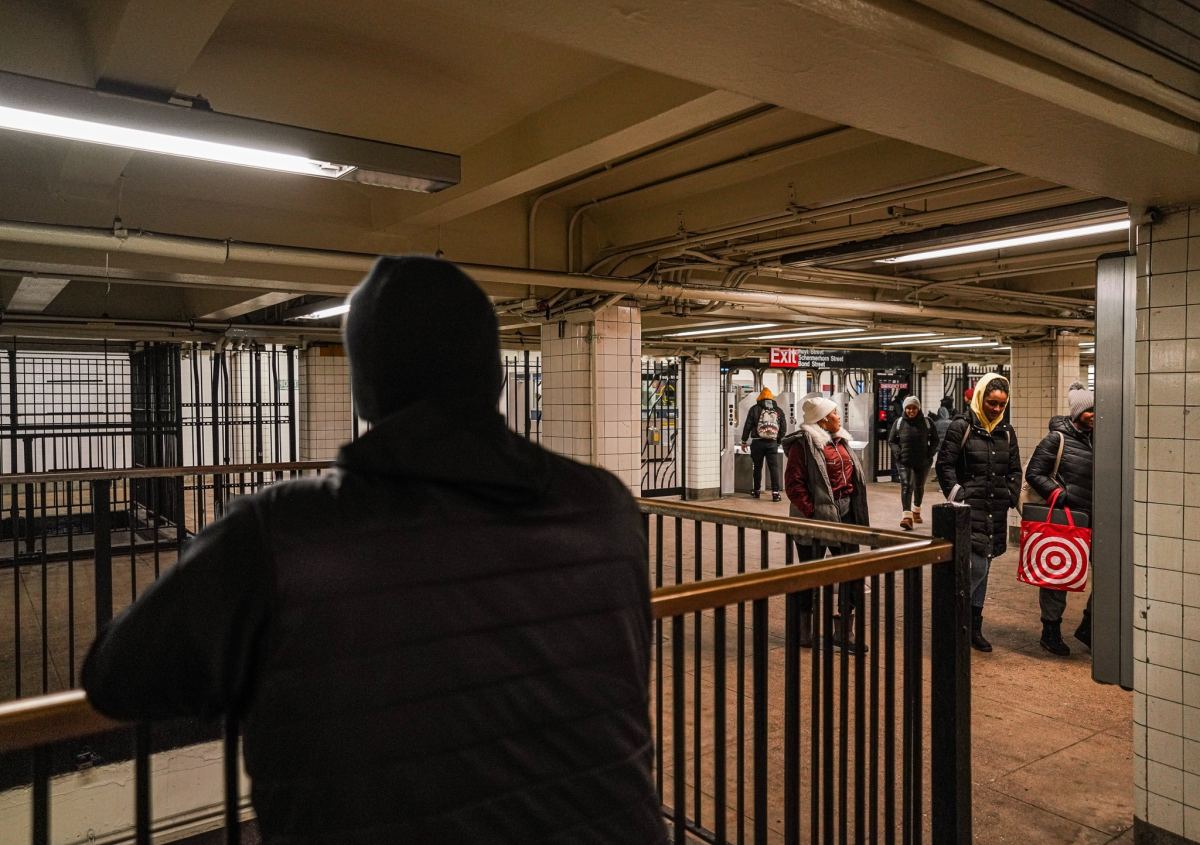More than 200 major crimes occurred in the city’s public transit system last month, the NYPD reported — a troubling number that undoubtedly makes New Yorkers wonder about their safety while riding across town.
But a closer look at the NYPD’s statistics reveals that the vast majority of the major crimes on the city’s subways and buses involved property. Nearly half of the 201 incidents reported between Jan. 1-28 were classified as grand larcenies — 100 in total — involving thefts of property valued at $1,000 or more. Such property may include cellphones, jewelry and purses/wallets containing cash and/or credit cards.
The grand larceny total between Jan. 1-28, 2024 was nearly double (88.7%) that of the 53 incidents tallied at the same point in 2023, and 12.4% higher than the number recorded in the first 28 days of 2022, according to the CompStat report provided by the NYPD.
Robberies, which involve suspects forcibly taking property from a victim, were also up 12.2% in the city’s transit system during the first four weeks of 2024, with 46 total incidents. In fact, the total number of robbery and grand larceny incidents during this period (146) accounted for 72.6% of the total number of major felonies reported.
Most of the property crimes, according to Chief of Transit Michael Kemper, involve an old fashioned technique: pickpocketing, with unsuspecting riders having their wallets stolen or purses raided by trained thieves.
This time around, however, the pickpockets are organized professionals targeted individuals around the city, but concentrated largely in Manhattan, according to Chief Kemper. He additionally noted that “we are seeing a lot of migrants” involved in the pickpocketing rings.
And while police do their best to catch thieves in the transit system, Kemper said, too often they’re being released not long after their criminal court arraignments — repeating a frequent complaint from NYPD brass over recent bail reform changes impacting law enforcement’s ability to stop repeat offenders.
“I wish the consequences were harsher,” Kemper told amNewYork Metro in a phone interview. “We are arresting the same people over and over again. … They work in teams, they’re professionals. We arrest them, and they’re out there the next day.”

The NYPD has shifted more uniformed and plain-clothed officers into the transit system to help catch the pickpockets, according to the chief. Meanwhile, he advises New Yorkers to be mindful while in transit to guard themselves against becoming crime victims.
“Beware of your surroundings. Don’t leave your pocketbooks open,” Kemper said. “And just be mindful that people are looking for opportunities. Don’t make it easy for them.”
Other transit crime
The most prolific violent crime was felony assaults, with 53 incidents occurring between Jan. 1-28, 2024 — up from 40 at the same point last year, and 29.3% higher than the total tallied in 2022.
Just one murder occurred in the transit system between Jan. 1-28: the shooting death of Richard Henderson at a train station in Crown Heights, Brooklyn. The same period in 2023 also saw one transit homicide.
Meanwhile, rapes, misdemeanor assaults and sex crimes in the transit system all declined during the first four weeks of 2024. Citywide, the NYPD reported 34 sex crimes and 0 rapes between Jan. 1-28, 2023, down from the 49 sex crimes and 1 rape tallied the year before. Sex crimes, however, remains 17.2% higher than they were two years ago.
Moreover, the NYPD reported making more than 1,362 arrests in the transit system, a 38.1% increase over the collars made between Jan. 1-28, 2023. Most of the arrests involved fare evasions, with 567 reported, up from the 318 tallied at the same point last year.
Fare evasions accounted for more than half of the 1,020 misdemeanor arrests transit cops made this year; they also cuffed 265 felony suspects, a slight decrease from the 267 suspects locked up in January 2023.
Transit police are making more arrests than ever in the system, according to the CompStat report. The misdemeanor arrest total is 233.3% higher than it was two years ago, and the number of felony collars is also up 48.9% from the same point in 2022.




































